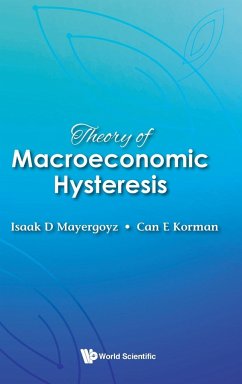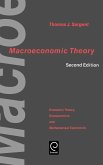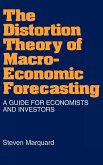This book deals with the mathematical theory of macroeconomic hysteresis, which is the theory of aggregation of microeconomic hysteresis. Microeconomic sunk cost hysteresis is usually represented by relatively simple hysteresis loops with no discrete memory of past economic shocks. It turns out that macroeconomic aggregation leads to the formation of complex multibranch hysteresis with discrete memory of past economic shocks. Consequently, the macroeconomic aggregation of microeconomic hysteresis results in the emergence of new economic phenomena. In the book, the basic properties of macroeconomic hysteresis are mathematically studied. It is demonstrated that certain important properties of macroeconomic hysteresis (such as history-dependent branching, erasure effects of some past economic shocks, geometric features of macroeconomic hysteresis loops, etc.) are insensitive to specific structures of microeconomic hysteresis subject to aggregation. This suggests that the above properties may be viewed as universal. Furthermore, it is pointed out that these aggregation models have the prediction power of future macroeconomic branching, which may be employed for the prediction of future economic evolution.
Hinweis: Dieser Artikel kann nur an eine deutsche Lieferadresse ausgeliefert werden.
Hinweis: Dieser Artikel kann nur an eine deutsche Lieferadresse ausgeliefert werden.








